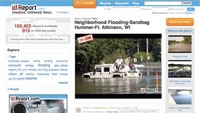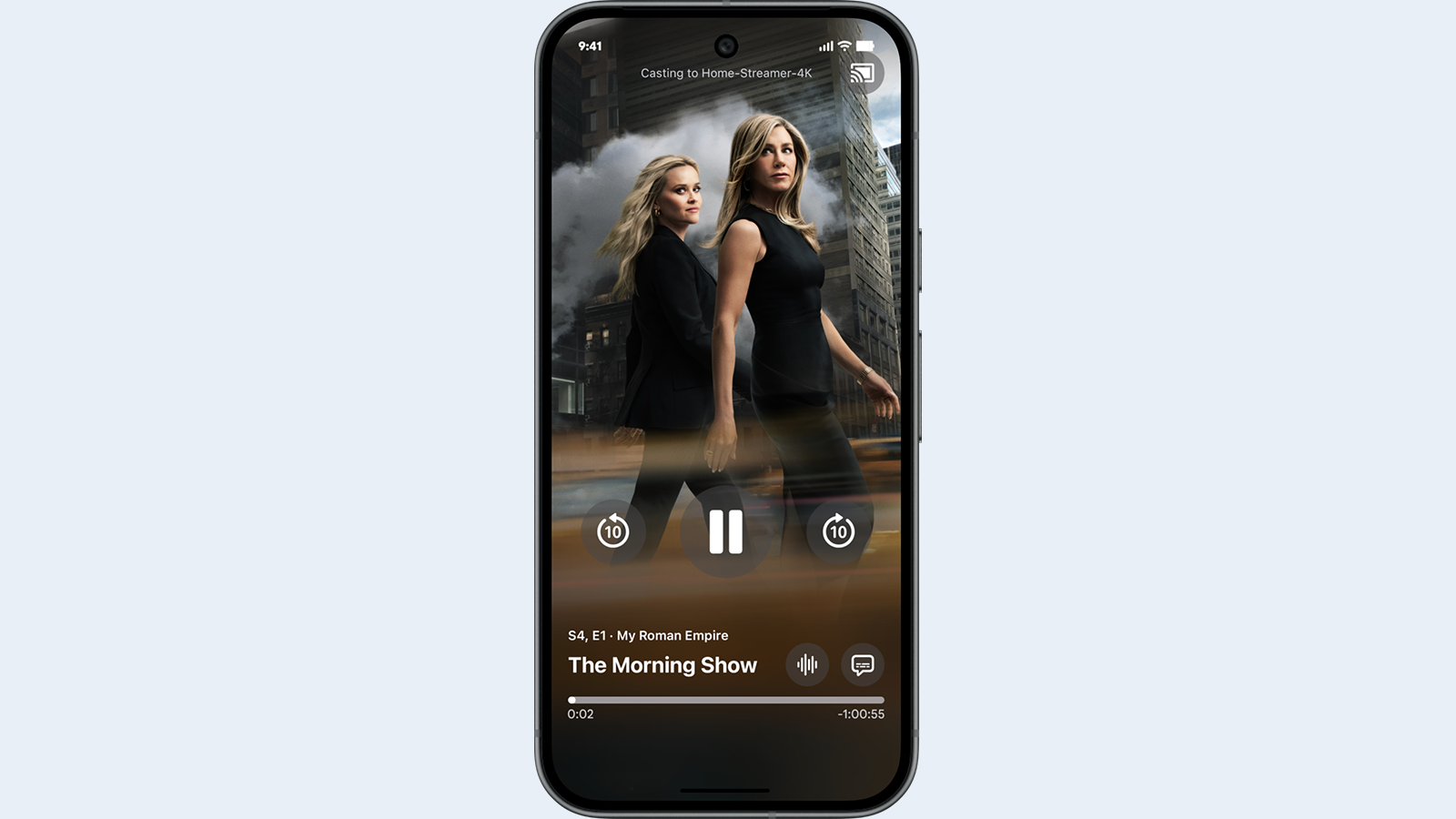The new news makers

Over the years, I have spent a great deal of time making news. Lest anyone get the mistaken impression that typing my name into Google is going to provide links to news stories about things I have done, let me explain.
There is a huge global industry involved with the acquisition, production and delivery of various forms of news and information, such as newspapers, magazines, radio newscasts, TV newscasts and now the new media — Internet news portals, blogs and social networking sites. And let's not forget about “Entertainment Tonight” and “The Daily Show with Jon Stewart.”
Journalism has changed dramatically during the television era, and it continues to evolve as news consumers use the Internet to gain access to alternative news sources and the technology to become news “makers.”
I started making news in college, first as a reporter for the “Technique,” the Georgia Tech student newspaper, and then working both in front of and behind the mics and cameras at the University of South Florida radio and TV stations. During my career in broadcast television, I spent nearly a decade producing and directing newscasts for commercial stations in Florida.
One of my first big scoops, while attending Georgia Tech, foreshadowed what is becoming a trend in the Internet era — user-sourced news. During a physical education class at the track, which surrounds the field in the football stadium, a student collapsed and died from a genetic brain aneurism. As a first-person witness to the event, I was asked to write the story for the “Technique.”
Today user-sourced news is becoming commonplace — so much so that CNN has created a user-sourced Internet news site called “iReport.” (See “Web links” on page 18.) The site, and its contributors, takes pride in the number of stories that wind up making it to the CNN cable network. Meanwhile, the Internet blogosphere is becoming both a destination for news and information, and a significant influence on the journalists working for traditional news organizations.
A recent study by Brodeur, a market research and public relations firm, found that the new media (social media and blogs) is having an effect on many different aspects of reporting, particularly the speed and availability of news. (See “Web links.”) Among the findings of the report:
The professional video industry's #1 source for news, trends and product and tech information. Sign up below.
- Blogs are a regular source for journalists. More than three-quarters of reporters see blogs as helpful in giving them story ideas, story angles and insight into the tone of an issue.
- The majority of journalists think blogs have a significant effect on news reporting in all areas tested, except in the area of news quality. The biggest effect has been in speed and availability of news. More than half said that blogs have a significant effect on the tone (61.8 percent) and editorial direction (51.1 percent) of news reporting.
Technology and the citizen reporter
Clearly, the widespread availability of tools that were at one time the exclusive domain of news professionals is a large factor in the rise of user-sourced journalism. Affordable digital photography, video camcorders, and networked mobile devices with digital cameras and video acquisition capabilities enable average citizens to capture breaking news events. And the rise of user-sourced video sites, such as iReport and YouTube, demonstrate how easily citizens can share video on a global basis.
Add to this the use of surveillance cameras, cameras in police cruisers and the sheer number of people who happen to be in the right place at the right time, and it's clear that news events are more likely to be captured by citizens and surveillance cameras than by working journalists.
This reality is not lost on professional news organizations. At Apple's recent Worldwide Developers Conference, a demonstration of a new application that the Associated Press is developing for the iPhone drives home the point. The application draws upon the resources of the global network of member AP news organizations. In addition to the expected news headline service, the AP application takes advantage of the capabilities of mobile devices that are aware of their location to present stories of local interest to the user. And the application takes advantage of the image acquisition and text input capabilities of the iPhone to turn users into reporters. A “Send Report” feature allows users to send photos and file text reports about a news story to the AP via the telco data network or a Wi-Fi hot spot.
Changing attitudes
The significant decline in ratings for television newscasts in recent years, with even greater declines in the readership of newspapers, raises significant questions about public attitudes as they relate to traditional news organizations. A recent study by the Pew Research Center for the People and the Press attempts to document viewer attitudes about the traditional news media. (See “Web links.”) According to the study, “The American public continues to fault news organizations for a number of perceived failures, with solid majorities criticizing them for political bias, inaccuracy and failing to acknowledge mistakes. But some of the harshest indictments of the press now come from the growing segment that relies on the Internet as its main source for national and international news.”
The report notes that those who are turning to the Internet as their primary source for news — roughly a quarter of all Americans — tend to be younger and better educated than the public as a whole. Broadcasters are justifiably concerned about the graying of their news audience. In 2006, the median age of nightly news viewers was roughly 60 years old, according to a report from the Project for Excellence in Journalism. (See “Web links.”)
I was not being entirely facetious about “The Daily Show” as a source of news. Although only 3 percent of U.S. viewers watch the show, the demographic skew is a younger audience who turn to the program for political news.
Perhaps the most important takeaway for broadcasters in all of this is the importance of the Internet to their future viability. Broadcasters have been slow to commit resources to their Internet sites, especially in the area of news coverage. While this is changing, competitors have developed a significant Internet audience, especially among younger demographic groups. Broadcasters should look to user-sourced news as an opportunity to re-engage viewers who have lost interest in local broadcast news.
Meanwhile, the Internet has enabled virtually anyone to become a reporter and/or news analyst. For those seeking to analyze current issues in the news from a variety of viewpoints, the Internet is the only game in town. The packaged news from the traditional media may or may not be accurate or biased — but news consumers now have the ability to search out different viewpoints and draw their own conclusions. And for those of us in the right place at the right time, the ability to make news is having a profound impact on the traditional media.
Craig Birkmaier is a technology consultant at Pcube Labs.
Web links
- CNN iReport
www.ireport.com - “Brodeur Journalists Survey Identifies Blogs' Influence on Traditional News Coverage,” Taking The Blogosphere Seriously
http://tinyurl.com/5gynfx - “Internet News Audience Highly Critical of News Organizations,” the Pew Research Center for the People and the Press
http://tinyurl.com/5f95us - “The State of the news Media in 2007,” Project for Excellence In Journalism
http://tinyurl.com/2yxskh
Send questions and comments to: craig.birkmaier@penton.com
